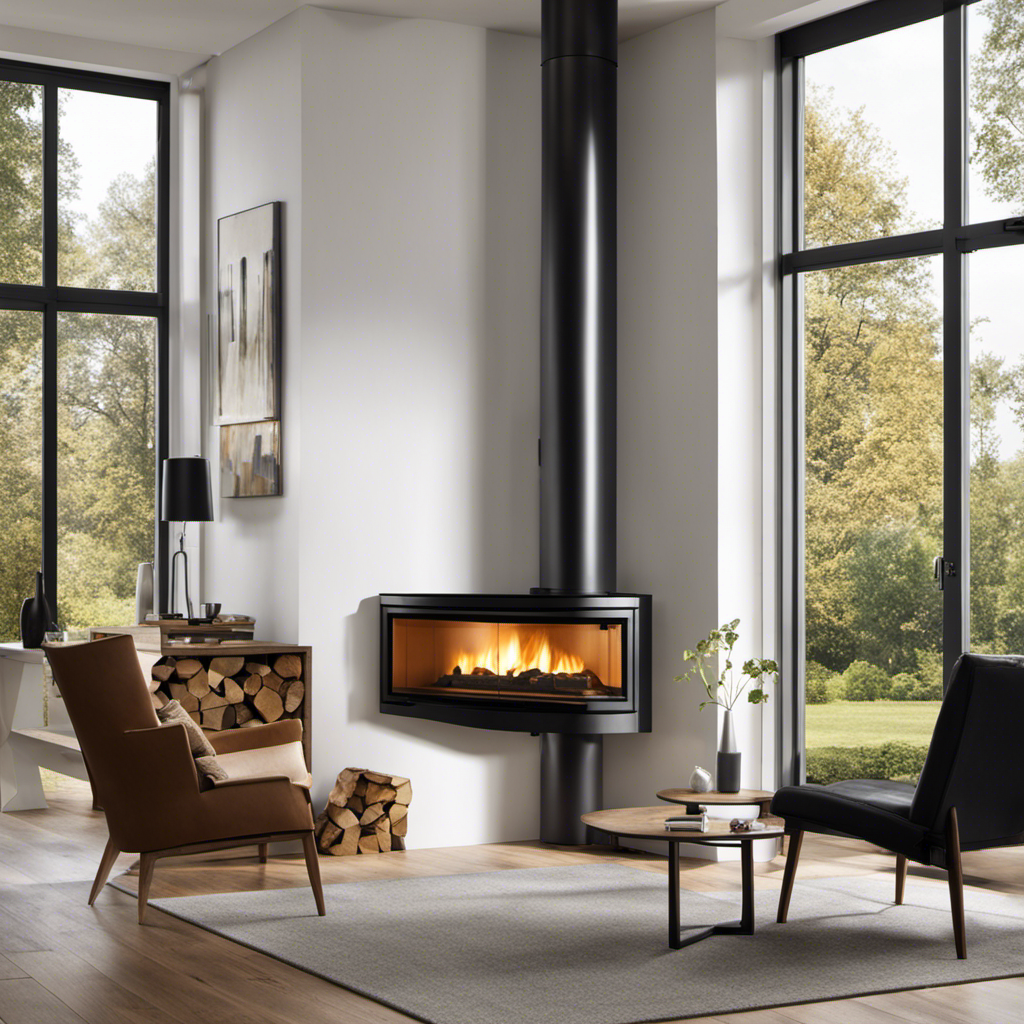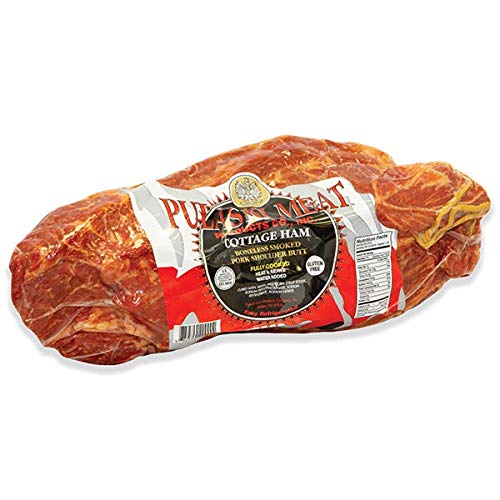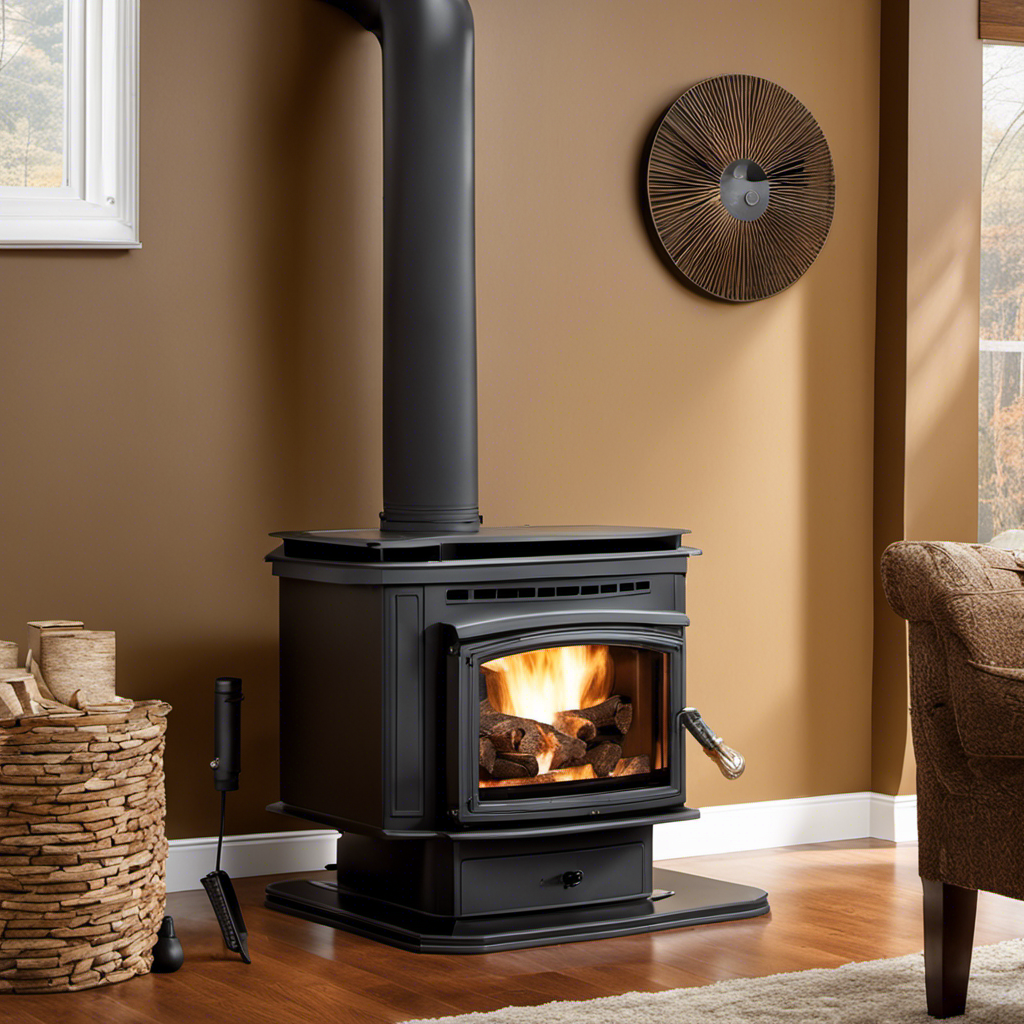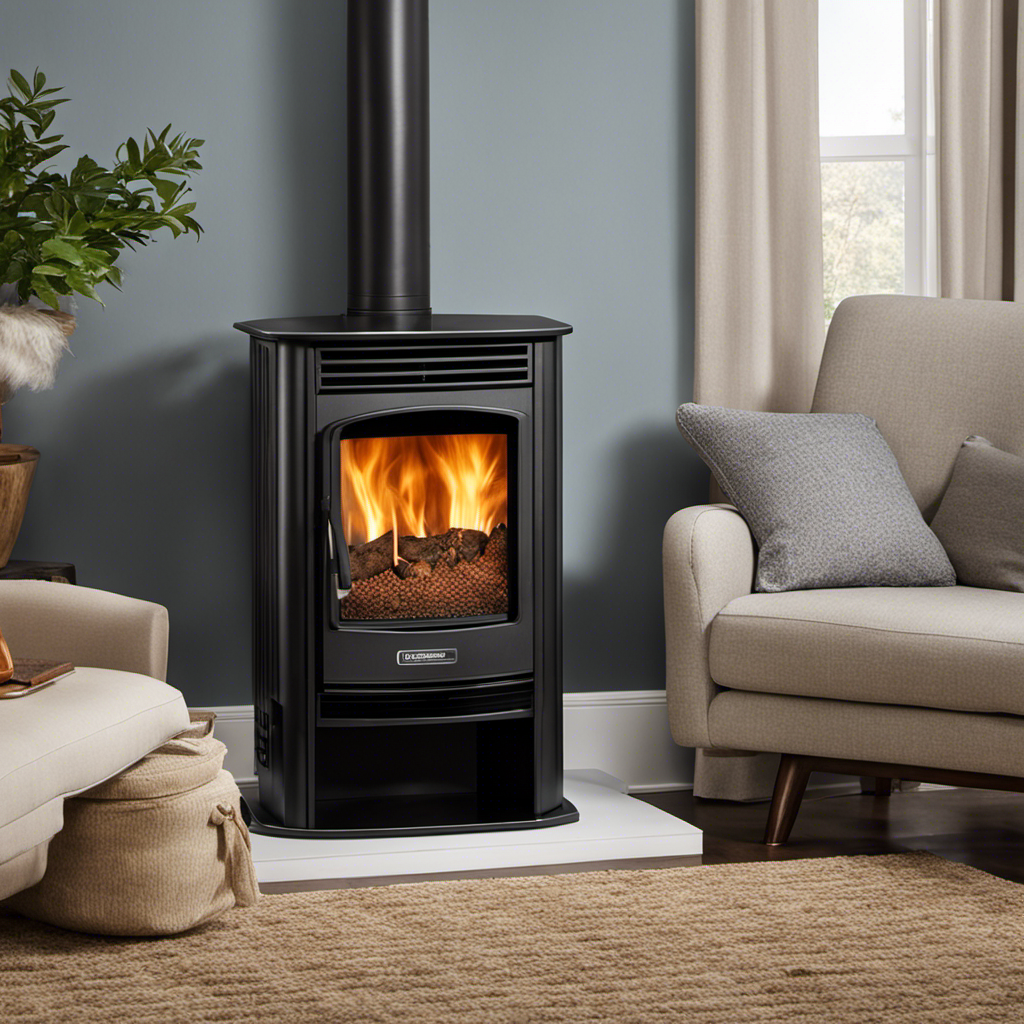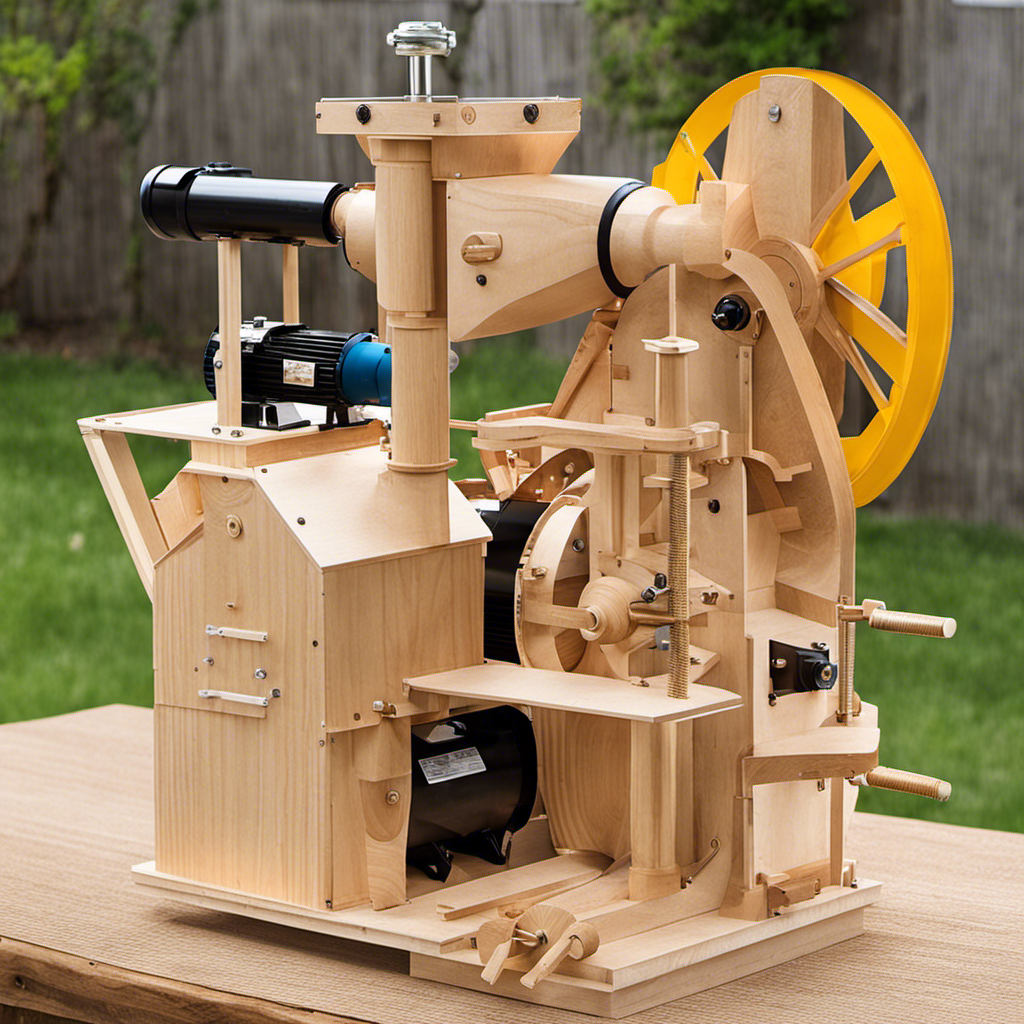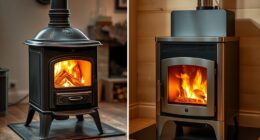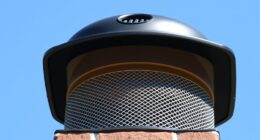Exhausted from struggling against harsh winter conditions and ineffective heating methods? Search no more! The perfect answer for you is here – ducted pellet stoves.
In this article, we’ll take you on a journey into the world of ducted pellet stoves, exploring their advantages, considerations, and limitations.
Get ready to discover why ducted pellet stoves are the answer to your heating needs. Stay warm and cozy with the ultimate heating solution!
Key Takeaways
- Ducted pellet stoves are designed to be kept in the basement and distribute hot air throughout the home.
- The vents on pellet stoves are for exhausting dirty air and should not be covered.
- Using ductwork with normal pellet stoves is ineffective and incompatible due to limitations.
- Pellet stoves offer advantages over HVAC systems such as cost-effectiveness, higher efficiency, quick heating, and better temperature control.
How Ducted Pellet Stoves Work
When using ducted pellet stoves, we can rely on the hot air they generate to be distributed throughout the home via a separate vent system. The ducting system design allows for efficient and effective heat distribution, ensuring that every room in the house receives the warmth it needs.
One of the advantages of basement installation is that it provides a central location for the stove, making it easier to connect the ductwork and distribute the hot air evenly. This setup also minimizes the visibility of the stove in the living areas, creating a more aesthetically pleasing environment.
Additionally, placing the stove in the basement allows for easier maintenance and access to the vent system.
Overall, the ducted pellet stove offers a practical and convenient solution for heating homes.
Benefits of Ducted Pellet Stoves
One advantage we have found with ducted pellet stoves is their ability to efficiently distribute heat throughout our home. Unlike traditional pellet stoves that provide centralized heating, ducted pellet stoves utilize a ductwork system to push hot air into multiple areas, ensuring even warmth throughout the house. This is especially beneficial for homes with more rooms and fewer central areas.
Here is a table summarizing the advantages and drawbacks of ducted pellet stoves:
| Advantages | Drawbacks |
|---|---|
| Efficient heat distribution | Limited modification options |
| Ideal for homes with multiple rooms | Exhaust contains dangerous gases |
| Cost-effective for heating large areas | Incompatibility with multiple fan systems |
| Quick heating and better control of temperatures | Cannot be hooked into existing ductwork |
| Higher efficiency compared to HVAC systems | Hazardous if vented into existing ductwork |
Choosing the Right Ducted Pellet Stove for Your Home
After considering the advantages and drawbacks of ducted pellet stoves, we found it crucial to choose the right one for our home. When selecting a ducted pellet stove, it’s important to consider energy efficient models and installation requirements.
Energy efficient models can help reduce heating costs and minimize environmental impact. Look for stoves with high efficiency ratings and certifications such as ENERGY STAR.
Additionally, consider the installation requirements of the stove. Ensure that your home has the necessary space and infrastructure to accommodate the ductwork and ventilation system. It’s also important to consult with a professional to ensure proper installation and compliance with local building codes.
Installation Considerations for Ducted Pellet Stoves
Considering the space and infrastructure requirements, we should consult with a professional to ensure proper installation and compliance with local building codes for our ducted pellet stove. Installing a ducted pellet stove requires careful planning and adherence to safety precautions. One of the most important considerations is proper ventilation requirements. The table below provides an overview of the safety precautions and ventilation requirements for installing ducted pellet stoves:
| Safety Precautions | Ventilation Requirements |
|---|---|
| 1. Ensure proper clearance from walls | 1. Install a dedicated vent for exhaust |
| 2. Use fire-resistant materials | 2. Double-layered vents for insulation safety |
| 3. Ensure adequate combustion air | 3. Avoid covering vents to maintain airflow |
Following these safety precautions and ventilation requirements is crucial to ensure the safe and efficient operation of our ducted pellet stove. By consulting with a professional and adhering to these guidelines, we can enjoy the benefits of a properly installed and compliant ducted pellet stove in our home.
Maintaining and Cleaning Ducted Pellet Stoves
To ensure the optimal performance and longevity of our ducted pellet stoves, we need to regularly maintain and clean them. Cleaning techniques are essential to prevent the build-up of dust and debris, which can hinder the stove’s efficiency.
A simple maintenance tip is to regularly clean the stove’s exterior with a damp cloth to remove any dirt or stains.
Additionally, it’s crucial to clean the stove’s venting system to ensure proper airflow and prevent any blockages. This can be done by using a brush or vacuum to remove any accumulated debris.
Furthermore, it’s recommended to inspect and clean the stove’s combustion chamber and ash pan regularly.
Enhancing Energy Efficiency With Ducted Pellet Stoves
By properly insulating our home and optimizing the distribution of hot air, we can significantly enhance the energy efficiency of our ducted pellet stove system. Improving efficiency is crucial for reducing energy consumption and minimizing our environmental impact.
One way to achieve this is by ensuring that our home is well-insulated. Proper insulation prevents heat loss, allowing the pellet stove to efficiently heat our living spaces.
Additionally, optimizing the distribution of hot air through the ductwork can further enhance efficiency. This can be achieved by ensuring that the ducts are properly sealed and insulated, preventing any leaks or heat loss during the distribution process. Regular maintenance of the ductwork system, including cleaning and checking for any blockages, is also essential for maximizing efficiency.
Common Issues and Troubleshooting for Ducted Pellet Stoves
When it comes to ducted pellet stoves, there are some common issues that may arise. However, with a few troubleshooting tips, these issues can be easily resolved.
To help you better understand and address these common issues, we have provided a table below outlining the problems and their solutions:
| Common Issues | Troubleshooting Tips |
|---|---|
| Insufficient heat distribution | Check for obstructions in the ductwork and remove them. Ensure that the ducts are properly sealed and insulated. Adjust the fan speed to increase airflow. |
| Poor combustion | Clean the burn pot and remove any ash buildup. Check the air intake and adjust it if necessary. Verify that the pellets being used are of high quality. |
| Ignition failure | Inspect the igniter for damage or wear. Clean the igniter and ensure it is properly positioned. Check the electrical connections. |
| Excessive noise | Clean the blower fan and ensure it is properly balanced. Check for loose components and tighten them if necessary. |
| Pellet jams | Clear any blockages in the pellet hopper and auger. Ensure that the pellets are dry and free from debris. Adjust the feed rate if needed. |
Cost Savings With Ducted Pellet Stoves
Our cost savings significantly increase with ducted pellet stoves due to their higher efficiency and ability to heat large areas effectively. This not only reduces our energy consumption but also has a positive environmental impact.
Here are some key reasons why ducted pellet stoves are a great choice:
-
Higher efficiency: Ducted pellet stoves have an efficiency rate of around 80% or more, meaning that a greater percentage of the heat produced is effectively transferred into the living space.
-
Heating large areas: These stoves are designed to heat large areas, making them more efficient and cost-effective compared to HVAC systems.
-
Reduced energy consumption: By efficiently heating large areas, ducted pellet stoves help us reduce our overall energy consumption and lower our energy bills.
-
Environmental impact: Ducted pellet stoves use renewable, low-emission biomass pellets as fuel, which reduces our carbon footprint and contributes to a cleaner environment.
Comparing Ducted Pellet Stoves to Other Heating Solutions
When comparing ducted pellet stoves to other heating solutions, it’s important to consider the advantages and environmental benefits they offer.
Unlike traditional heating systems, ducted pellet stoves provide centralized heating, higher efficiency, quicker heat, and better control. They’re more cost-effective for heating large areas, with around 80% or more of the heat being pushed into the area they’re in.
Additionally, ducted pellet stoves start heating a room within minutes of being switched on, allowing for better temperature control in different areas of the home.
From an environmental standpoint, ducted pellet stoves offer significant benefits. They don’t produce smoke, but the exhaust contains CO2, soot, and other dangerous gases. By utilizing a separate vent for the exhaust, these harmful emissions can be safely expelled.
Furthermore, pellet stoves use renewable biomass fuel, such as wood pellets, which reduces reliance on fossil fuels and helps decrease carbon emissions.
Overall, ducted pellet stoves provide a more efficient and environmentally friendly alternative to traditional heating systems.
Tips for Optimizing the Performance of Ducted Pellet Stoves
To maximize the performance of our ducted pellet stove, we should regularly clean and maintain the vents to ensure proper airflow and prevent any blockages. Here are some tips for improving efficiency and proper ductwork installation:
- Clean the vents regularly to remove any dirt or debris that may hinder airflow.
- Check for any blockages or obstructions in the vents and clear them immediately.
- Inspect the ductwork for any leaks or gaps and seal them properly to prevent heat loss.
- Ensure that the ductwork is properly installed and connected to the pellet stove for efficient heat distribution.
By following these tips, we can optimize the performance of our ducted pellet stove and enjoy a more efficient and effective heating system.
Proper maintenance and installation of the ductwork are crucial in maximizing the benefits of a ducted pellet stove.
Frequently Asked Questions
Can a Regular Pellet Stove Be Modified to Work With a Ductwork System?
No, a regular pellet stove can’t be modified to work with a ductwork system. Modifying pellet stoves for ductwork isn’t recommended due to venting hazards.
Regular pellet stoves are designed to provide centralized heating and don’t have the necessary features, such as multiple fans, to integrate with a ductwork system effectively.
Venting a regular pellet stove into existing ductwork can be dangerous, as it may release dangerous gases. Therefore, it’s important to consider pellet stoves specifically designed for ductwork systems.
What Are the Potential Hazards of Venting a Regular Pellet Stove Into Existing Ductwork?
Venting a regular pellet stove into existing ductwork can pose potential hazards. The modification feasibility is low due to several reasons.
Pellet stoves are designed for centralized heating, and their vents are specifically meant for exhausting waste air, preventing the release of dangerous gases. Hooking a regular pellet stove into existing ductwork can lead to the improper release of CO2, soot, and other harmful gases.
It’s crucial to understand these hazards before attempting such modifications.
How Do Ducted Pellet Stoves Compare to HVAC Systems in Terms of Cost-Effectiveness?
Ducted pellet stoves vs. HVAC systems: Which is more cost effective?
The benefits of using ducted pellet stoves over traditional HVAC systems.
Ducted pellet stoves offer a more cost-effective solution for heating large areas compared to HVAC systems.
With higher efficiency and the ability to push around 80% or more heat into the area they’re in, ducted pellet stoves provide quicker heat and better control.
Consider the specific requirements and benefits of pellet stoves before deciding on a heating system.
Are There Any Specific Maintenance and Cleaning Requirements for Ducted Pellet Stoves?
When it comes to ducted pellet stoves, there are specific maintenance and cleaning requirements that need to be followed.
Regular maintenance, such as cleaning the stove’s heat exchanger and changing the air filters, is necessary to ensure optimal performance.
Additionally, it’s important to clean the ductwork regularly to remove any accumulated debris or dust.
What Are Some Tips for Optimizing the Performance of Ducted Pellet Stoves?
To optimize the performance of ducted pellet stoves, maintenance and cleaning are essential.
Regularly clean the stove’s vents to ensure efficient airflow and prevent the buildup of dirt and debris.
Check and replace the air filters as needed to maintain proper combustion and prevent clogging.
Additionally, schedule professional maintenance to inspect and clean the ductwork, ensuring optimal airflow throughout the home.
Conclusion
In conclusion, ducted pellet stoves offer a cost-effective and efficient solution for heating large areas. With their ability to distribute heat quickly and customize temperature settings, they provide superior control and comfort.
While there are limitations to consider, such as the need for proper venting and the inability to modify the ductwork system, ducted pellet stoves remain a viable option for those seeking an effective heating solution.
So, say goodbye to chilly winters and embrace the warmth and efficiency of ducted pellet stoves.

